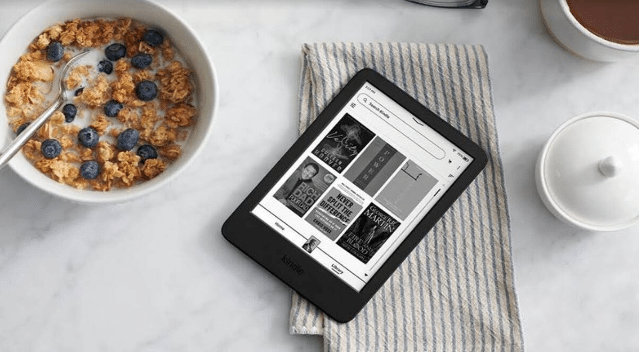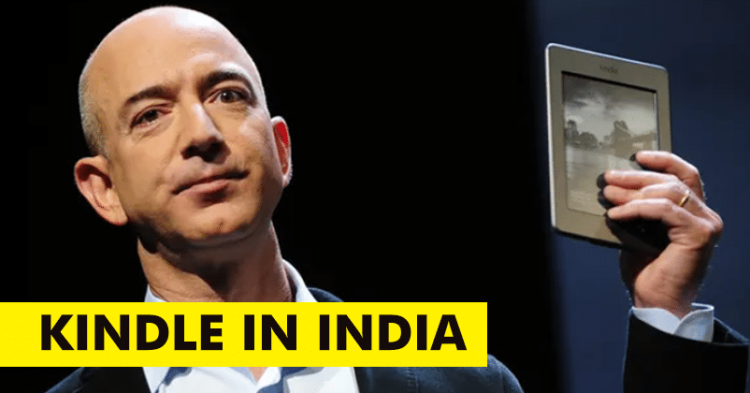The year was 2004. Taking inspiration from the success of iTunes and the iPod for music, Amazon founder and CEO Jeff Bezos came up with the idea of creating an e-book equivalent, to facilitate easy reading.

Within three and a half years, this thought by Bezos led to the launch of the very popular Kindle- an electronic reading device.
Advantages of Kindle

Designed purely for reading, the device had many advantages. Its e-ink display imitated a book. A good battery life, durable structure, portability, and reasonable pricing, all contributed to its popularity.
Every Kindle uses the Internet. It does not need a separate dictionary as there is an in-built one. Nor does a reader have to wait any longer for books to arrive at their doorstep, just a click away from having the book in hand.
Also, there aren’t any distractions in the form of notifications either. There isn’t any dependence on OS too, so no worrying about hacking or viruses.
But in spite of having so many advantages, why wasn’t the device getting its due in India, where reading is still considered an important activity?
Reasons why Kindle wasn’t initially popular in India

Makers of Kindle realized that Indians associate their love for reading with physical books. The book’s texture, paper, and smell, evoked emotions of happiness and familiarity.
An e- device, at that time, would coldly take away such emotions and hence, Indians were wary of buying Kindle. This is when the makers tried changing their communication strategy to attract audiences.
They focussed on the idea of ‘uninterrupted reading’. This made the audience realize that while using the Kindle, nothing could come between them and their book, thereby attaching more value to their reading experience.
Marketing campaigns

In order to get the product across to its audiences, Kindle makers designed its communication towards what they termed Kindle families.
This was based on the idea, that the habit of reading is passed on from one generation to another. And so, readers who have children also formed an important part of their audience.
Ad campaigns like #WeAreTheReader and Kindle Paperwhite – a no-glare feature, broke stereotypes about e-reading.
Ads were aired on kids’ channels where visibility was high and they also focussed on conveying functional benefits clearly.
Kindle also collaborated with noted authors like Amish Tripathi, who spread the word among Indians about the benefits of using the e-device.
















